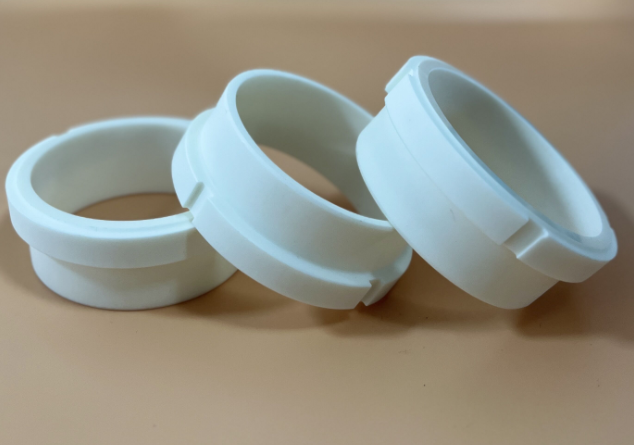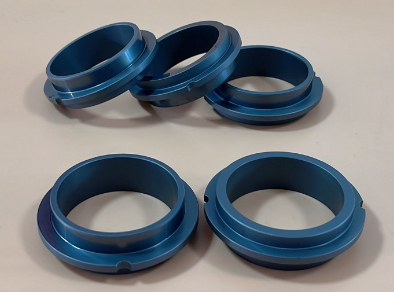Selecting the right material for ceramic seal faces depends on various factors including the application, operating conditions, and the properties required for optimal performance.
Here are some commonly used ceramic materials for seal faces and their characteristics:
1.Alumina (Al2O3):

It can withstand high temperatures and is suitable for use in both low and high-pressure applications.
Alumina is available in various grades, including high-purity formulations for demanding applications.
2.Silicon Carbide (SiC):
Silicon carbide offers superior wear resistance, high thermal conductivity, and excellent chemical resistance.
It is often used in aggressive environments where high temperatures and abrasive media are present.
Silicon carbide seals are widely used in industries such as automotive, aerospace, and chemical processing.

Zirconia exhibits high strength, toughness, and resistance to thermal shock.
It is suitable for applications requiring high wear resistance and thermal stability.
Zirconia is often used in high-speed rotating equipment and applications where thermal cycling is prevalent.
4.Titanium Carbide (TiC):
Titanium carbide offers excellent wear resistance, even in abrasive environments.
It is commonly used in mechanical seals for pumps handling abrasive fluids.
Titanium carbide can withstand high temperatures and is chemically inert in many corrosive environments.
5.Sintered Silicon nitride (Si3N4):
Silicon nitride combines high strength, thermal shock resistance, and excellent wear properties.
It is suitable for applications requiring resistance to thermal cycling and aggressive chemicals.
Silicon nitride seals are commonly used in high-speed rotating equipment and aerospace applications.
When selecting a material for ceramic seal faces, it's essential to consider factors such as operating temperature, pressure, speed, fluid compatibility, and the presence of abrasive media. Additionally, the manufacturing process, cost, and availability of the material should also be taken into account. Testing and evaluation under actual operating conditions are often necessary to ensure the chosen material meets the performance requirements of the specific application.
 Shanghai Eheng Precision Technology Co.,LTD
Shanghai Eheng Precision Technology Co.,LTD
